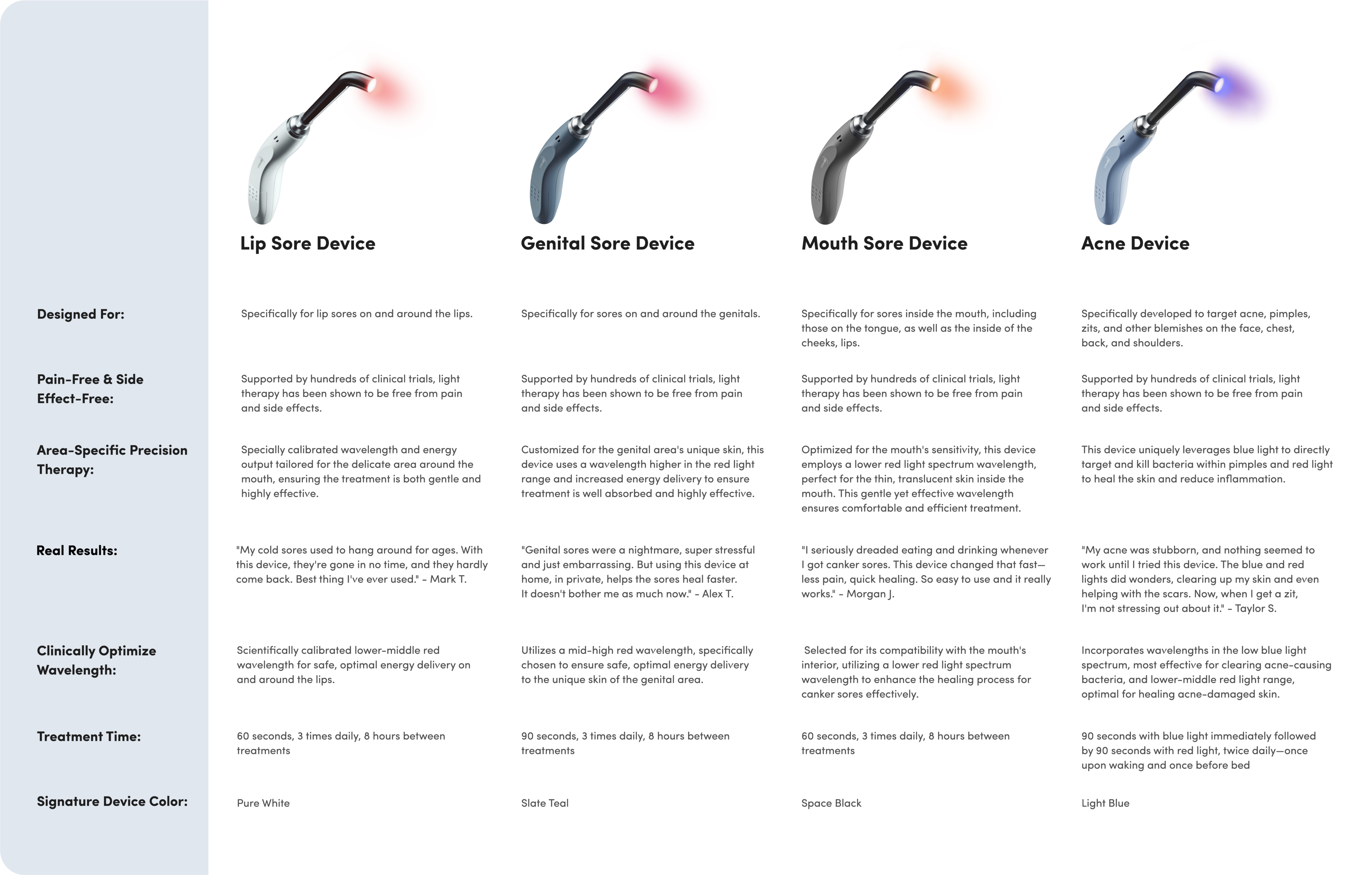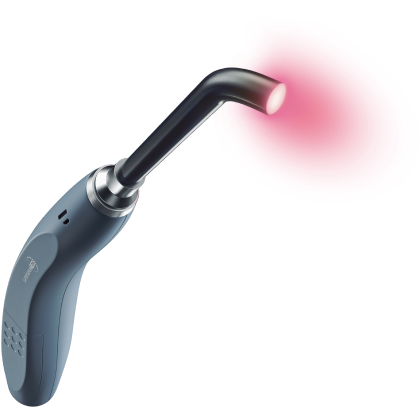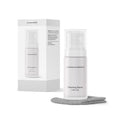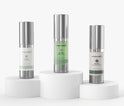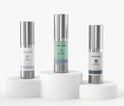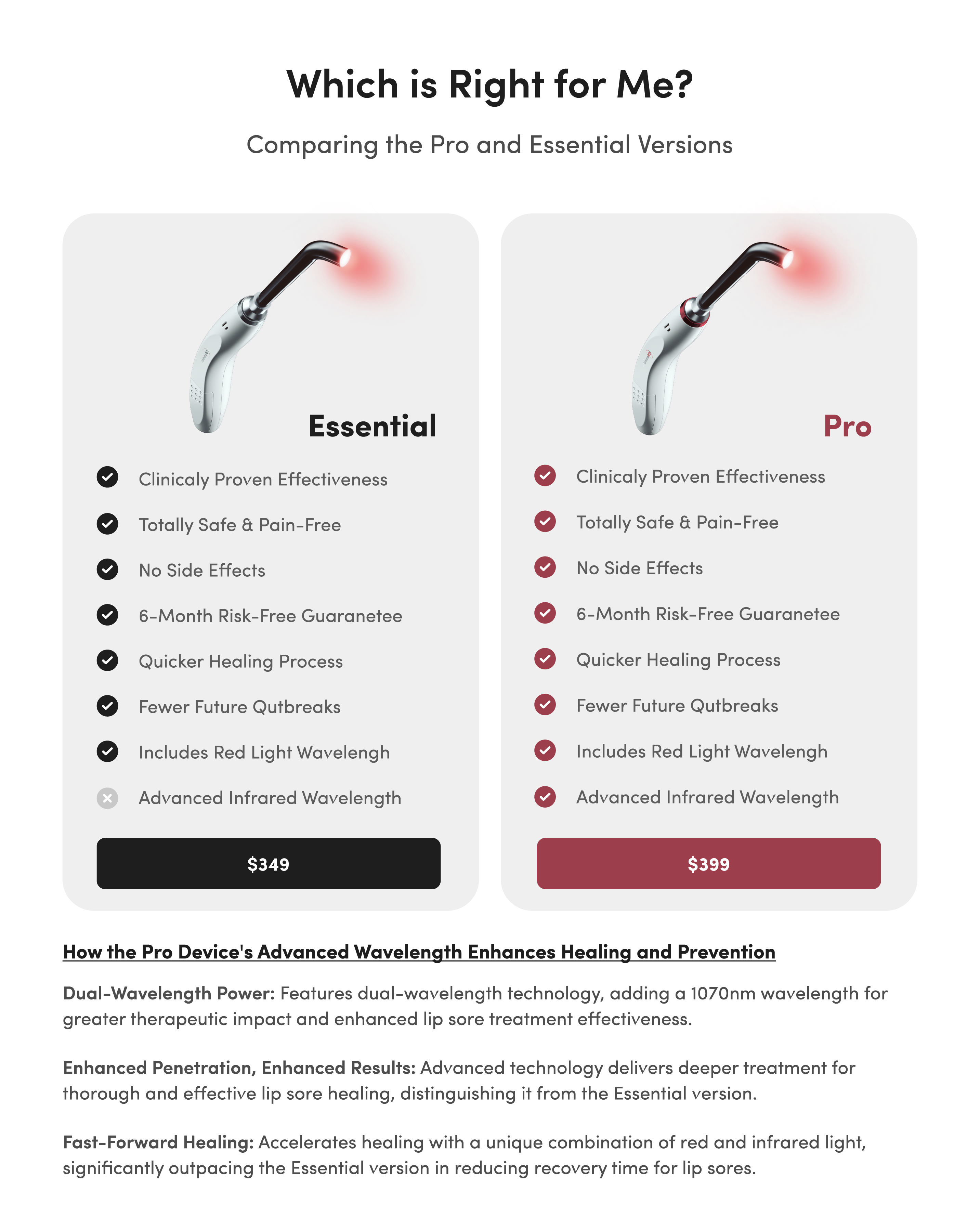Many People Have Herpes, But Could It Really be 93%?

Herpes is a unique disease. Unlike other conditions that cause chronic or predictable symptoms, herpes is often an invisible disease.
The symptoms of herpes are only evident during an active outbreak. As soon as the virus wears itself out and returns to a dormant state, the symptoms disappear. Many people with herpes never suffer an outbreak, which means they remain asymptomatic their entire lives.
This begs the question: how many people have herpes in the U.S.? Believe it or not, the majority of Americans carry some form of this virus!
What Is Herpes?
Herpes is a family of more than 100 known viruses, but only a handful can infect humans. Some you may not realize are related to herpes, including the virus that causes chickenpox and shingles.
The two most common and well-known herpes viruses are oral herpes and genital herpes.
Oral Herpes (HSV-1)
The herpes simplex virus type 1 (HSV1) spreads through direct contact with the skin and causes cold sores to develop on the face. Once HSV-1 enters your system, this virus spreads easily to trigger cold sores around the lips and mouth. It is highly contagious, especially when oozing blisters are present.
HSV-1 remains dormant in the nerve cells in your skin after your initial outbreak. It may lie inactive for weeks, months, or even years. It’s hard to predict exactly when and how the next outbreak will be triggered in the future, but these external factors are the most common causes of cold sores:
- -Stress
- -Fatigue
- -Hormonal changes
- -Another viral infection
- -Injury to the skin
- -Unusual exposure to sunlight and wind
Genital Herpes (HSV-2)
The herpes simplex virus type 2 (HSV 2), most commonly known as genital herpes, is a sexually transmitted infection without a known cure. The most common sign of genital herpes is the development of blisters around the genital area. Herpes simplex blisters are often itchy and painful.
Other symptoms may accompany the blisters to indicate early warning signs of a person’s first genital herpes outbreak:
- -Difficult or painful urination
- -Swollen glands in the pelvic area
- -Fever and chills
- -Fatigue
- -Headache
- -A tingly sensation in the affected areas
Most people experience their first outbreak two to twelve days after initial exposure to the virus. After the blisters break, it may take up to four weeks for herpes ulcers to heal.
Following the first outbreak, recurring outbreaks are common but don’t last nearly as long. Sores tend to heal within three to seven days in recurring outbreaks, and the number of outbreak periods may even decrease over time.
Other Types of Herpes
Other types of herpes can infect humans in different ways. The varicella-zoster herpes virus, for example, causes chickenpox and the shingles. Vaccines are available to prevent this form of the virus altogether.
Epstein-Barr virus (EBV), also known as human herpesvirus 4, can cause infectious mononucleosis and other illnesses.

Is There a Link Between HSV1 and HSV2?
Cold sores and genital herpes are both members of the Herpesviridae family of DNA viruses, so they share many of the same characteristics and symptoms, including recurring infections and painful sores. However, each condition is caused by a different strain of the herpes simplex virus (HSV).
In most cases, there’s no link between HSV1 and HSV2. The HSV2 strain is a sexually transmitted disease, while HSV1 is not.
However, it’s worth noting that the categorization of HSV1 as oral herpes and HSV2 as genital herpes is not as clear-cut as once believed. Research now shows that up to 42% of genital herpes in females is actually caused by HSV-1, not HSV-2.
So, How Many People Have Herpes?
The percentage of people with herpes varies based on location, age, and demographics. Overall, oral herpes is far more prevalent than genital herpes.
Oral Herpes (HSV1)
According to the World Health Organisation (WHO), an estimated two-thirds of the population under 50 are infected with HSV1 globally. That equals more than 3.7 billion people or 67% of the world’s population. For Americans, HSV1 infection impacts nearly 50% of all people ages 14 to 49.
In some smaller research studies, the percentage of people with herpes was found to exceed 80 or 90%! For example, a randomized study of otherwise healthy Americans above the age of 60 reported an 84% prevalence of HSV1.
Genital Herpes (HSV2)
Genital herpes is most commonly caused by HSV2. According to the WHO, 417 million people worldwide aged 15-49 have an HSV2 infection.
Less commonly, HSV1 can cause the symptoms of genital herpes. It is believed that about 140 million people worldwide are infected with this form of genital HSV1, especially in the Americas, Europe, and Western Pacific.
Altogether, this totals more than half a billion people worldwide with genital herpes infection. In the United States alone, the ratio of people with genital herpes is one out of every six people aged 14 to 49.
Most People With Herpes Are Asymptomatic
Despite its prevalence, a surprising number of people are asymptomatic and never know they have herpes! This puts them at higher risk of spreading the herpes virus to others unintentionally.
Up to 80% of all HSV2 infections are asymptomatic. However, a lack of symptoms doesn’t always stop viral shedding in the genital tract. It’s still possible for asymptomatic people to shed the virus and spread it through oral or sexual contact with a partner.
Common Myths About Herpes
Sometimes it’s easier to find misleading myths about herpes than the truth. These three herpes myths deserve to be debunked.
Myth: Giving Birth Always Transmits the Virus to Babies
If you are pregnant and have genital herpes, you may believe the myth that you’ll definitely transmit the virus to your newborn baby. Fortunately, with the right precautions, your baby faces a very small risk of contracting the herpes virus. Nearly 30% of pregnant women have genital herpes, but only 0.1% of babies born in the U.S. each year contract neonatal herpes.
Myth: Herpes Can Be Transmitted Through the Blood
Herpes cannot be transmitted through the blood, but it can be detected through a blood test. In fact, people with a history of herpes simplex virus type 1 or 2 can safely donate blood as long as:
- -All lesions and infected cold sores are dry and healed
- -They wait at least 48 hours after finishing a round of antiviral treatments
There’s a Cure and a Vaccination for Herpes
Unfortunately, there is no cure or vaccination for herpes. The structure and behavior of the herpes simplex virus makes it difficult to develop an effective vaccine, though scientists continue to try.
As much as people with herpes wish for a cure, this infection is currently a lifelong condition. But the good news is that antiviral medications and high-powered light treatment with Luminance RED can help to reduce and prevent painful outbreaks.
Are Canker Sores the Same Thing As Herpes?
Cold sores and canker sores are often confused as the same thing, but they’re actually two distinct problems.
Herpes is a contagious virus spread from one person to another. It’s an incurable condition that may present outbreaks of ulcers around the mouth or genitals from time to time. Herpes sores and ulcers are filled with pus and eventually burst and cause pain and discomfort until they heal.
Canker sores, on the other hand, are non-viral ulcers that form on the inside of the lips and cheeks. Experts estimate that 1 in 5 people are affected by recurrent canker sores. Unlike cold sores, canker sores resemble pink craters with a soft white border. Canker sores are usually minor, appearing a few times per year and lasting around one week.

How Do You Know If You’ve Got Herpes?
You may need a blood test to identify asymptomatic herpes, but symptomatic herpes is easy to identify by its symptoms.
The herpes simplex virus type 1 (HSV-1) emerges in five distinct phases that cause painful and unpleasant cold sore outbreaks. These five stages transition through tingling, blistering, weeping, crusting, and healing:
- An itching and burning feeling develops underneath the skin. This sensation indicates that a cold sore is forming
- Fluid-filled cold sore blisters develop on or around the mouth
- The blisters burst or “weep” and release their fluids
- The core sores dry up into a yellow and brown crust
- Cold sore scabs heal; the skin around the mouth looks healthy once again
Genital herpes occurs in a similar manner, but may also be accompanied by fever, chills, aches, fatigue, swollen glands, and painful urination. After the first genital herpes outbreak, recurring outbreaks are common but don’t last nearly as long. Sores tend to heal within three to seven days in recurring outbreaks, and the number of outbreak periods may even decrease over time.
If you’re not sure what your symptoms mean, the best answer is always to visit your doctors. Some discreet home testing kits are even available to get results without leaving your house.







